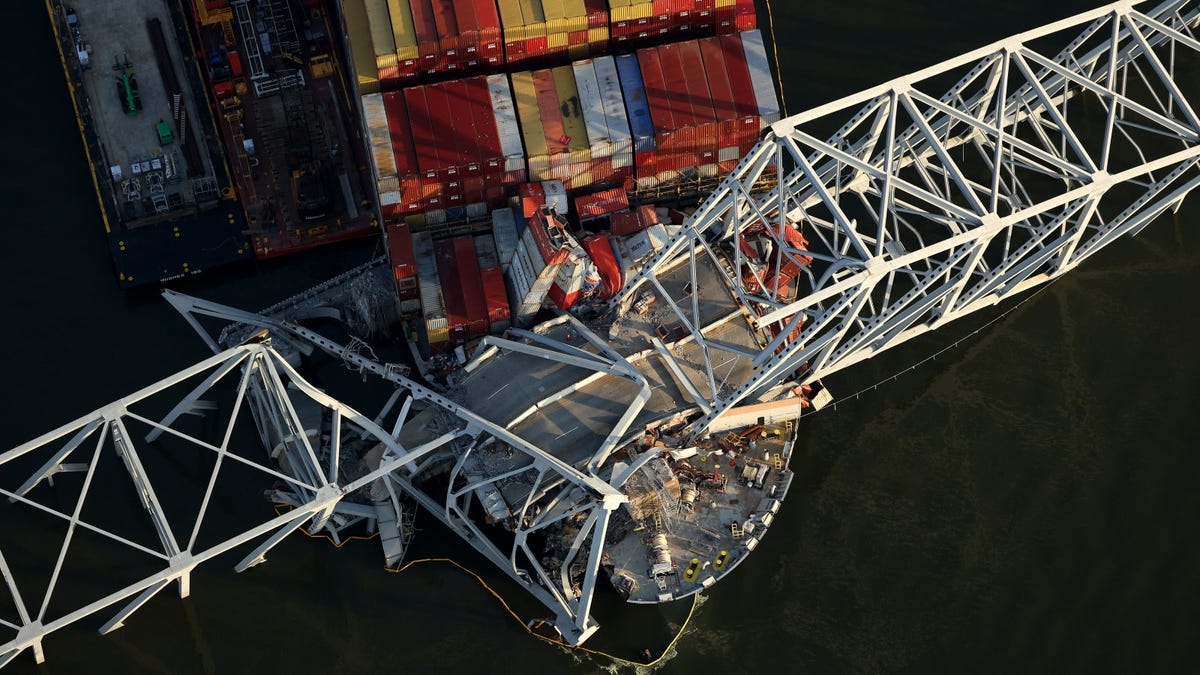Bridging the Gap: Reevaluating Safety Standards for American Bridges
Recent events have brought the safety of America’s bridges into sharp focus, particularly following the destruction of the Francis Scott Key Bridge in Baltimore by a massive container ship last month. This incident has revealed that many of the safety standards governing the construction of U.S. bridges are based on outdated models developed in West Germany over fifty years ago.
Antiquated Standards
The safety calculations that determine the level of protection a bridge requires from ship strikes were originally formulated in West Germany in 1976. However, these models were designed for 195-foot barges, vastly undershooting the impact forces exerted by modern superships that can measure up to 900 feet. According to a study published in the journal Marine Structures in 2020, the existing U.S. specifications underestimate the collision force of large container ships by 40% compared to the more rigorous Eurocodes design standards used in the European Union.
Preben Terndrup Pedersen, a bridge strike expert, emphasized the importance of updating these standards, noting that advancements in numerical tools and collective experience have significantly improved since the original research was conducted.
Call for Action
In the wake of the 2020 study, experts have highlighted the pressing need to enhance bridge protection against potential collisions. However, the Post interview with a bridge safety expert revealed that meaningful changes often require a catalyst event like the Baltimore bridge collapse to spur legislative action.
While any revisions to bridge safety regulations are likely to focus on new constructions, a significant number of existing bridges across the country remain vulnerable due to historical limitations. For instance, the Francis Scott Key Bridge, built in the 1960s, met safety requirements at the time when the largest ships were considerably smaller compared to today’s massive vessels.
The evolution of ship sizes and forces underscores the necessity of revisiting and reinforcing the safety guidelines established for bridges to prevent catastrophic accidents.
Regulatory Reassurance
The Federal Highway Administration has moved to allay concerns by asserting its commitment to regularly updating safety standards for infrastructure projects such as bridges. They have expressed confidence in the reliability and safety levels of these standards, signaling a proactive approach to ensuring the protection of vital transportation structures.
As discussions on bridge safety continue, the imperative remains to adapt regulations to reflect the current realities of maritime commerce and the architectural integrity of America’s critical infrastructure.
Image/Photo credit: source url





